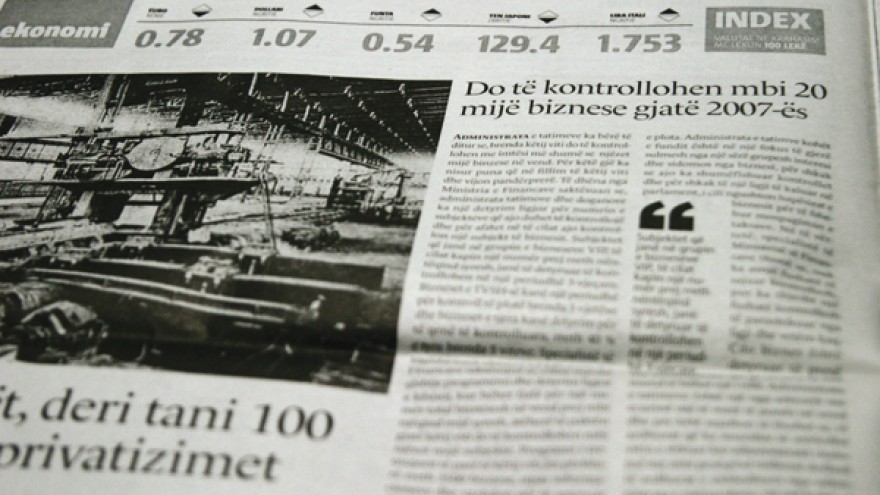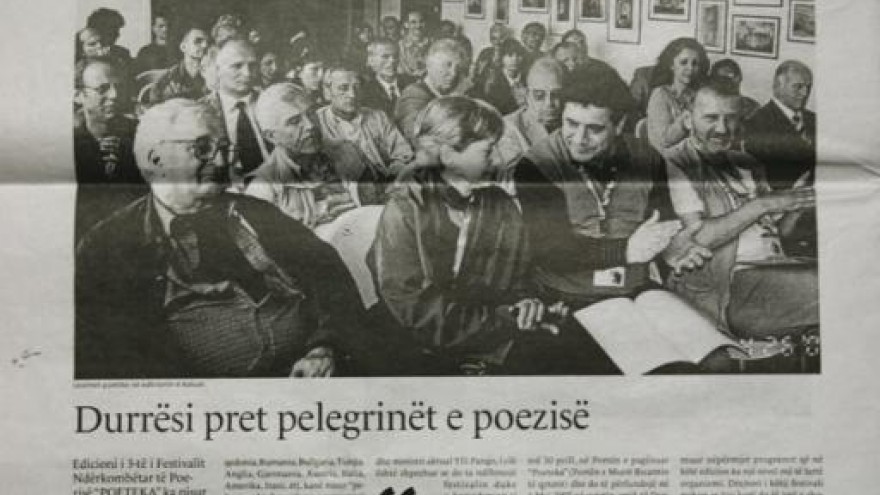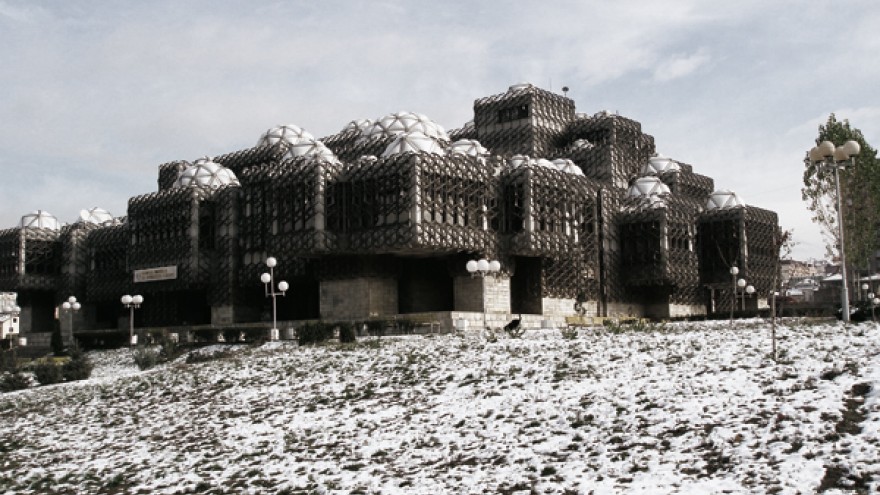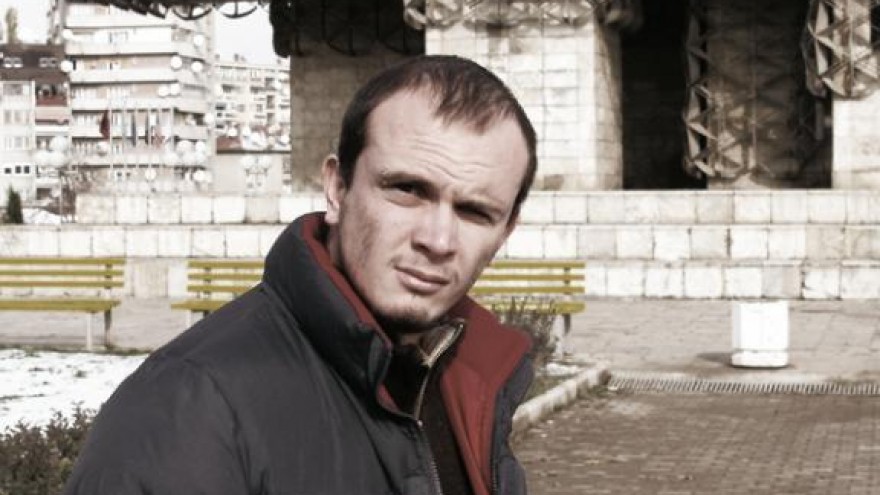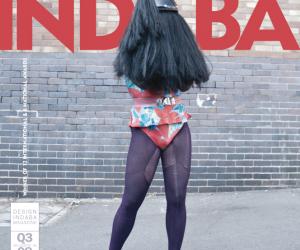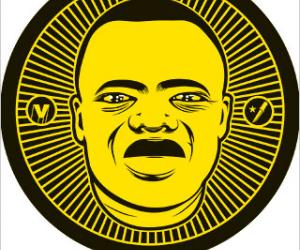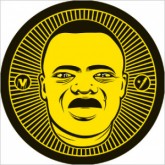First Published in
In February this year, the Serbian province of Kosovo declared independence from its host country after 17 years of ethnic conflict. It had been under United Nations control since mid-1999, when Nato intervened to protect Kosovo's majority Albanian population from Serb forces.
Kosovo is the sixth state carved from the former Serbian-dominated Yugoslav Federation since 1991 - after Slovenia, Croatia, Macedonia, Bosnia and Montenegro. However, Kosovo strikes a particular chord, as the territory is considered the ancient cradle of the Serbian state and religion. Russia, Serbia and Kosovo's Serbs, who make up less than 10% of Kosovo's population, have vowed to make the transition painful.
Nonetheless, wide ranging support from the United States, Britain and the European Union have fortified Kosovo's declaration. In June, Kosovo enacted a constitution and an operational team of EU police, judges and administrators replaced much of the UN peacekeeping force. The northern town of Mitrovica, where almost half of Kosovo's Serbs demand partition and refuse the EU access, remains heavily guarded by the remaining UN staff.
Still, beneath this political maelstrom, somehow life goes on. South African graphic designer Peet Pienaar had the privilege of meeting 20 of the best young designers from across the Eastern European region, including Kosovo, Bosnia, Serbia, Poland, Ukraine and Albania, at a content design workshop he presented in Skopje, Macedonia. "It's really fascinating to see how designers work in countries that are completely isolated and really seen as the back of the earth. Kosovo is not even recognised as a country yet, yet the new young generation are moving faster than anything I have seen before, with nothing except creating a country in mind," Pienaar exclaimed.
Here Pienaar chats to designer Yll Rugova from Kosovo, who at the age of 23 has already designed seven newspapers, including their fonts.
Peet Pienaar: Can you give me a bit of background about the design scene and general situation in Kosovo.
Yll Rugova: The Republic of Kosovo declared independence just a few months ago and is still in the process of restitution. It has a population of over two million. Poverty is a real issue here. We have less than 3% annual economic growth and unemployment is estimated to be over 50%.
Only Pristina, the capital, has a real design scene with professional designers and clients that pay fairly. There is a design department at the University of Pristina, which is where I studied, but it does not teach you how to get or deal with clients. This is a pretty hard job when the people with money don't know anything about design. They are mostly uneducated people from suburbia, who used the status quo of the Nineties (during the war) to become millionaires.
Trembelat is the name of the company that I run with a partner for more than two years now. We are focused on information design, which is mostly news design. We design newspapers, magazines, typefaces, websites, TV graphics etc. Our team now consists of six people, mostly designers. We also have clients that we do branding and advertising campaigns for. Our operation has spread throughout Kosova and Albania.
You are only 23 now, how important is your contribution to your city and country? Are there more young people doing such extraordinary things in other fields?
Because I was raised as part of a country that was never (until now) officially recognised internationally, I have always had a certain nationalistic view of things, hidden somewhere inside me. Though this view has now started to transform into something more global, I still have the urge to contribute locally. My colleagues in Trembelat have a similar approach. My partner Visar Arifaj is 20 and he has the potential to become a great illustrator. Faton Selani, another colleague of mine, has worked with me on almost every project that I have done.
There are people in certain circles that are investing money and time to improve our lives here, but others are mostly interested in getting more money. There are a couple of private galleries that exhibit work of young artists and have a more contemporary view of art compared to the state-run Academy of Arts. There is also a group of local and foreign NGOs that financially back different cultural initiatives. The main problem really is the financing. The annual government budget for making movies is near to 300 000 euros, which is less than half a million dollars. Other activities like ballet, theatre and opera have less than one tenth of that budget in a year. Two years ago, the government financially backed a film called Kukumi, it was the best thing produced in decades, though it was still mediocre.
What is important to you when you design a newspaper?
One of the most important graphical elements of a newspaper is the typeface. I prefer custom designed typefaces. This can be expensive and publishers are not eager to spend money. So sometimes I design them myself, for free. When I first started working in newspapers, there was a lot of font stretching and squeezing. Even good designers here have very bad typeface taste. A newspaper should have an identity and typeface gives plenty of it. Photography is another important element. I always try to use bigger pictures wherever I go. I have this idea that, if a page has a certain number of characters, and a single picture gives you the same amount of information as those characters, then it is better to use the picture. A picture is worth a thousand words - but, of course, it is important to say the right thousand words.
News is a political tool, how do you separate yourself from the political game?
I try to make my designs as invisible as possible. Of course I also try to make something that is more pleasing to the reader's eyes, but always bearing in mind the neutrality that it has to have. I can't see how someone can be both professional and political in information design. My political and philosophical ideas are mine. If I have anything to say I write about it.
What advice could you give to other young designers elsewhere in the world working on unsolved or pending situations?
I don't know if I am competent on advising anyone on anything. But I guess I can say that people should not work only for financial interest. They should really try to make something useful for their society, even if that doesn't pay a lot of money. There are great things that one can do and that society hasn't set a price for yet. I mean, really, how many smart people do you know that have contributed in enhancing our civilisation and done it for the money? There are people that work for money and people like Einstein...
Which of your projects was the most successful and why?
I cannot pick one project that I think was most successful. From the days when I started to earn money from visual art (I was 14), right up until today, I have so much stuff that has the same importance to me. When I was 15, I was the editor of a children's magazine. That had a huge impact on my life, because people started to know my name. This might have helped me on my career as a designer. I get most of my clients as a result of the work that I have done during my couple of years as a professional. These days, I am working on another newspaper doing a complete redesign, and it is going smoothly. I am also currently finishing my Master's thesis and I think that I will have my diploma by August. For my Masters I made a font for a newspaper.
How important is international influence to you?
Most of my design education comes from international books and the Internet. So, my work is 93,5% influenced from abroad, mostly Western design.
Obviously there is a lot of tension in your region. Do you think identity plays a huge role in design there?
There is huge tension here, but the designers that I know are mostly peace-loving-war-hating-giraffe-sniffing people. I met a couple of times with my colleagues from newspapers in Serbia. In fact, I am currently designing a bi-weekly newspaper in Serbian that is being published here in Kosovo. And we have a great time. We chill together.
Describe a great night out in Pristina - who, where, what, drinks, eats, etc.
There are over 600 000 people living in Pristina right now. Eight years ago this number was twice as small. You can see a big smash of different cultures. But, there are things to do and places to go. At night, my girlfriend and I usually go to this totally punk club, with really bad drawings on the walls and cheap beer. It is a place where you can meet different kinds of people. Usually there is a DJ that plays electronic music, which is okay. There are other good places that are more hip and "in". People like to drink vodka and beer. In some places they drink absinthe. I personally mostly drink beer. I am not an alcohol person.

